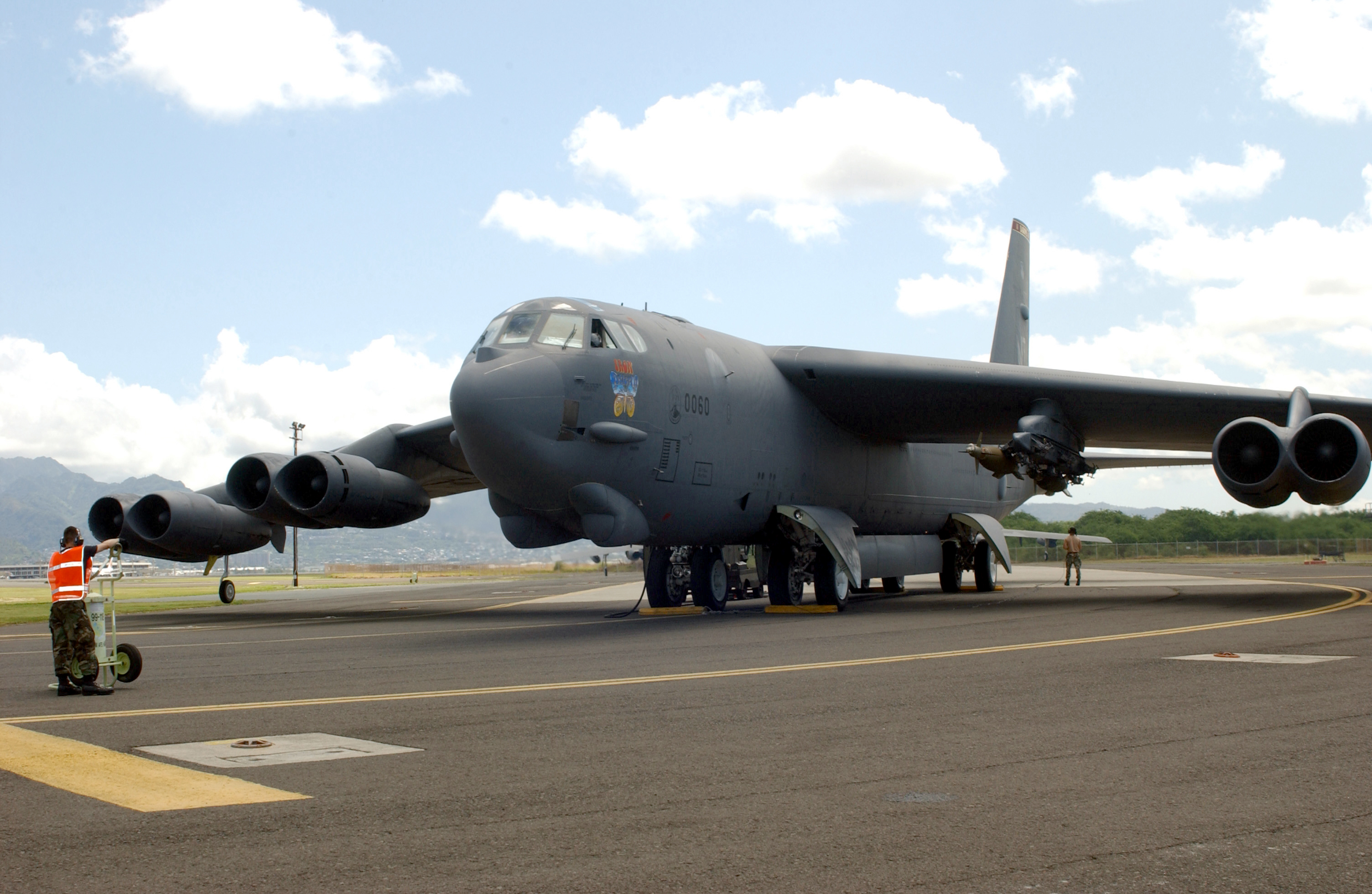Two of the most overused words in the defense world are “strategic” and “systems.” The latter, of course, is omnipresent in the culture, especially in business programs and consumer goods. (Try looking it up on Google shopping.) I’m currently reading the third edition of Sir Lawrence Freedman’s seminal — hey, at least I didn’t use that old standby of reviewers and blurbers: “magisterial” — book The Evolution of Nuclear Strategy. He provides some much-needed perspective on both terms.
Starting with the second, “systems,” Freedman writes that analysts, such as at the RAND Corporation, which was attached to the Air Force:
… worked on operational questions, such as the optimum altitude of bomb release or the best way to penetrate air defences. … The sort of work undertaken at RAND became known as ‘systems analysis’. The precise nature of this work is difficult to pin down because, in the l950s, some sort of systems approach appeared in attempts to deal with all manner of questions from the trivial to the fundamental. The word ‘system’ came to be a vogue adjective, indicating a capacity to view problems as a whole, rather than in fragmented components, and to master complexity. The term was adopted in a variety of distinct occupations, each with their own literature and specialist jargon. It could be used in connection with complicated engineering projects, so that it became necessary to talk of ‘weapons systems’ rather than a mere weapon (to belie the notion that a single item of military equipment could perform any useful task by itself). The search for the most effective way to perform given tasks at the lowest possible cost became known as ‘systems analysis’.
Like “systems,” “strategic” was used to, in a sense, broaden perspectives. Freedman again.
The use of airpower was described as ‘strategic bombardment’. The terminology was appropriate only if the premise was accepted that bombardment of socioeconomic targets behind the enemy lines provided an independent means to the strategic end of enemy defeat.
Meanwhile:
Adding the adjective ‘strategic’ to blockade or invasion or territorial defence would seem superfluous. Its use in the case of bombardment came from a desire to distinguish the envisaged role from that of a tactical variety, undertaken in support of surface forces in battle. It differentiated between independent operations and those dependent upon other services, and also expressed a belief, that later turned out to be fallacious, that strategic bombardment did not involve contact with the enemy’s forces.
Later in The Evolution of Nuclear Strategy, more on the difference between strategic and tactical:
Strategy and tactics properly refer to different aspects of warfare. Strategy is about the overall relationship between military means and the ends of policy, while tactics is concerned with the specific application of military means for direct military ends. The responsibility for the confusion that arose with this terminology lay with the airmen. They used the adjective ‘strategic’ to distinguish independent attacks on the heartland of the enemy, in anticipation of decisive results, from mere ‘tactical’ support of surface forces in battle, which they considered to be a secondary, unadventurous, and wasteful use of airpower. Eventually the adjective came to be applied not only to a role — ‘strategic’ bomb — but to a capability — ‘strategic’ airpower — and then on to particular weapons — ‘strategic’ aircraft and missiles. It soon became common to talk of ‘strategic’ war, one in which these weapons were used.
But
…’strategic’ war is a nonsense term, for strategy is a feature not a type of war. To talk of ‘strategic’ war is like talking about a political election or a musical concert; the use of the word ‘strategic’ is redundant.

